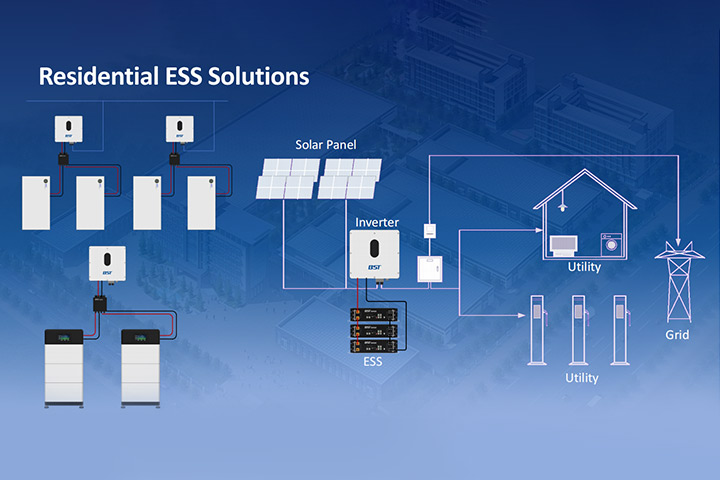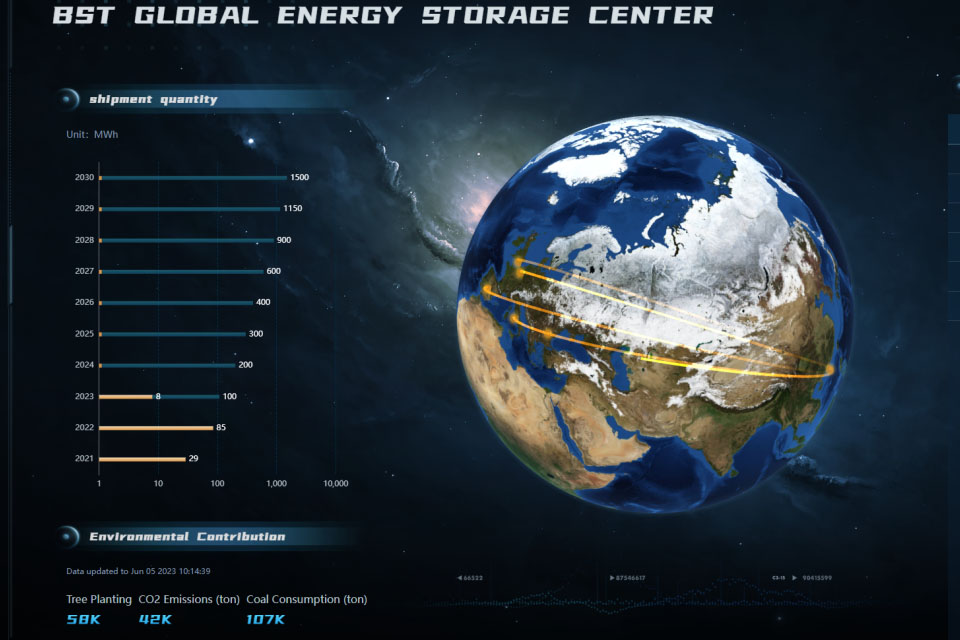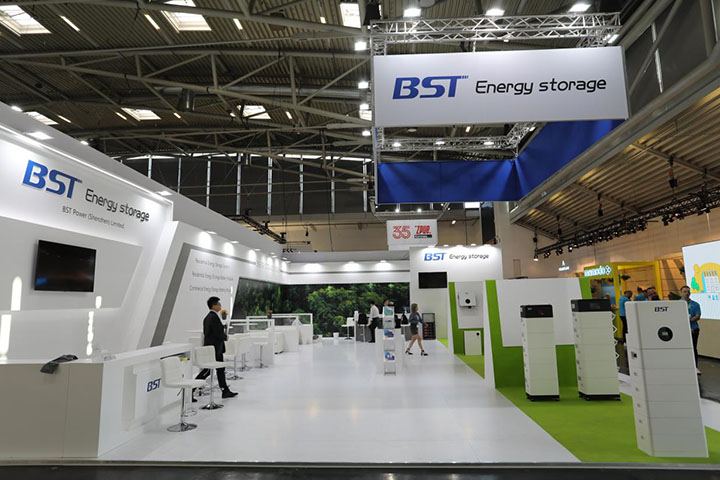In today’s energy-conscious world, energy storage systems play a vital role in supporting sustainable energy usage. Choosing the right energy storage battery is crucial for maximizing efficiency and cost-effectiveness, especially in photovoltaic (PV) energy storage systems. This article will guide you through understanding energy storage batteries, their classification, and essential factors for selection.
What is an Energy Storage Battery?
An energy storage battery stores electrical energy generated from renewable sources, like solar or wind, for future use. By converting electrical energy into chemical energy, these batteries can release power when needed, helping balance supply and demand. In residential and commercial settings, energy storage batteries reduce dependency on the grid, lower electricity costs, and support eco-friendly energy practices.
Common Standards for Energy Storage Batteries
Energy storage batteries are evaluated based on industry standards to ensure safety, reliability, and performance. These standards include:
- Cycle Life: Refers to the number of complete charge and discharge cycles a battery can withstand before losing efficiency.
- Energy Density: Measures the amount of energy stored per unit volume or weight. Higher energy density allows for compact designs.
- Efficiency: Indicates the ratio of energy output to input. Higher efficiency means minimal energy loss during charging and discharging.
- Thermal Stability: Ensures the battery operates safely under different temperature conditions.
These standards help determine a battery’s suitability for various applications, such as residential storage or backup power for commercial settings.
Battery Capacity
Battery capacity, measured in kilowatt-hours (kWh), represents the amount of energy a battery can store. A larger capacity allows the battery to store more energy, which is crucial for larger homes or businesses. When selecting capacity, consider your daily energy consumption and peak demand. For example, a household consuming around 10 kWh daily would require a battery with a similar capacity for reliable energy backup.
Deep Charging and Discharging
Deep charging and discharging refer to using most of a battery’s stored energy before recharging. Some batteries, like lithium-based ones, handle deep discharge better without affecting performance. However, lead-acid batteries are sensitive to deep discharges and may degrade faster if used this way regularly. Choosing a battery compatible with deep cycling can increase its lifespan and overall efficiency, especially for high-demand scenarios.
Classification of Energy Storage Batteries
In PV energy storage systems, two primary types of batteries are popular: lead-acid batteries and lithium batteries. Understanding each type’s characteristics and differences helps in making informed decisions.
Lead-Acid Batteries
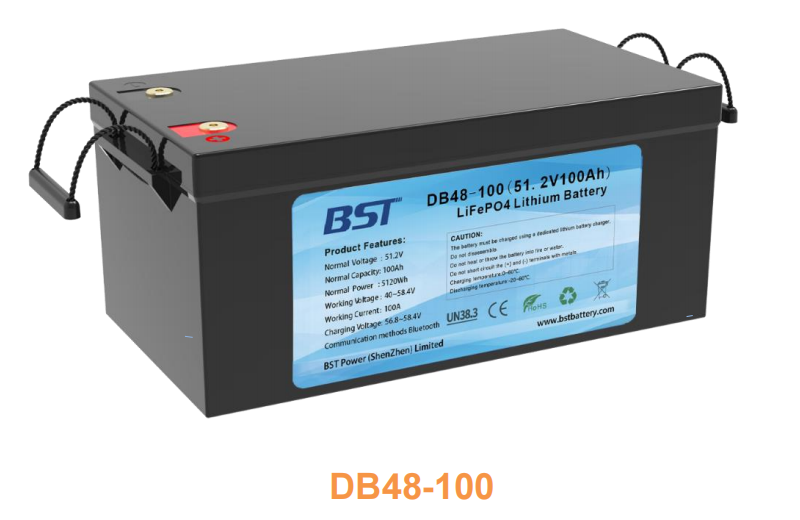
Lead-acid batteries are among the oldest types of rechargeable batteries. Common in automotive applications, they are also used for energy storage due to their affordability and reliable performance.
Key Features of Lead-Acid Batteries:
- Low Cost: Lead-acid batteries are relatively inexpensive compared to lithium batteries.
- High Surge Current: They can handle high discharge currents, making them ideal for backup power.
- Limited Cycle Life: Typically, lead-acid batteries have a shorter cycle life compared to lithium batteries.
- Sensitivity to Deep Discharges: Lead-acid batteries can degrade quickly with repeated deep discharges, affecting longevity.
- Maintenance Needs: They require regular maintenance to ensure efficiency and longevity.
Applications: Lead-acid batteries are suitable for short-term backup power where high energy storage capacity is not essential.
Lithium Batteries
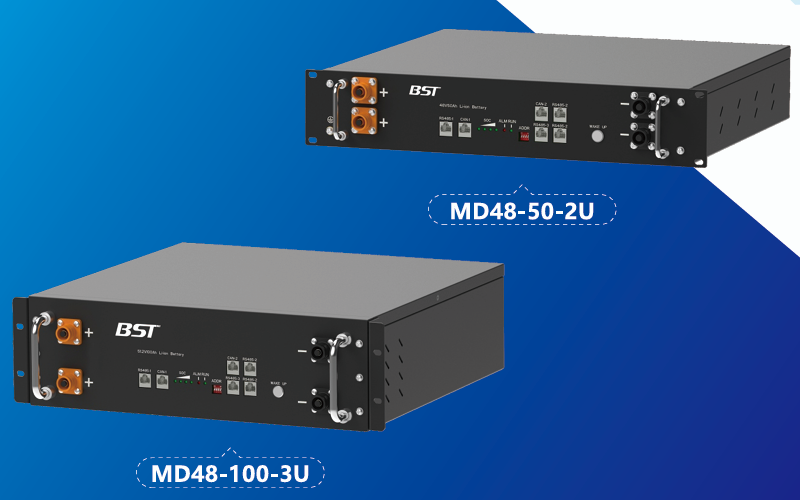
Lithium batteries, particularly lithium iron phosphate (LiFePO4), are gaining popularity in energy storage due to their high efficiency, longer life, and better deep discharge capability.
Key Features of Lithium Batteries:
- High Energy Density: Lithium batteries offer higher energy density, allowing more energy storage in a compact size.
- Long Cycle Life: They last longer, with many lithium batteries rated for thousands of cycles.
- Deep Discharge Capability: Lithium batteries can handle frequent deep discharges without significant degradation.
- Minimal Maintenance: They require little to no maintenance, making them more convenient.
- Higher Initial Cost: Lithium batteries cost more upfront but save costs over time due to their longer lifespan.
Applications: Lithium batteries are suitable for residential and commercial PV systems requiring high storage capacity and frequent use.
Differences Between Lead-Acid and Lithium Batteries
| Feature | Lead-Acid Battery | Lithium Battery |
|---|---|---|
| Cost | Lower initial cost | Higher initial cost |
| Cycle Life | 300-500 cycles | 2,000-5,000 cycles |
| Energy Density | Lower energy density | Higher energy density |
| Maintenance | Requires maintenance | Minimal maintenance |
| Deep Discharge | Affects lifespan negatively | Supports deep discharge well |
| Applications | Short-term or low-demand storage | High-demand or long-term storage |
Selection of Energy Storage Battery
When selecting an energy storage battery, consider various aspects to ensure it matches your energy requirements and environmental conditions.
1. Lead-acid batteries or Lithium Batteries?
Choose Lead-Acid Batteries if:
- You need a low-cost solution.
- You don’t require frequent deep discharges.
- You’re comfortable with regular maintenance.
Choose Lithium Batteries if:
- You need high-energy storage in a small space.
- You prioritize long-term investment over initial cost.
- You prefer minimal maintenance.
2. Capacity Selection
Selecting the right capacity depends on your energy needs. Calculate your daily energy usage and peak demand to determine an appropriate battery capacity. A larger capacity provides a longer backup time, while a smaller capacity may be more cost-effective for low-energy needs. For instance, homes with higher consumption may benefit from a 10 kWh battery, while smaller households might only need 5 kWh.
3. High-Voltage or Low-Voltage Battery?
High-voltage and low-voltage batteries suit different applications and systems:
- High-Voltage Batteries: Operate at higher voltages, typically 200-600V. They’re suitable for systems requiring fast charge and discharge rates, making them ideal for commercial setups.
- Low-Voltage Batteries: Operate at lower voltages, around 12-48V. These batteries are typically used in residential settings, providing steady and safe energy for household applications.
Choosing between high-voltage and low-voltage batteries depends on your PV system and energy requirements. High-voltage batteries are preferable for large-scale applications, while low-voltage options are sufficient for home systems.
4. Indoor or Outdoor Use?
Battery location significantly impacts its lifespan and performance. Indoor and outdoor installations have unique requirements:
- Indoor Batteries: Indoor installations provide temperature control, protecting batteries from extreme weather, which extends their lifespan. Lithium batteries, with higher sensitivity to temperature, benefit from indoor storage.
- Outdoor Batteries: Outdoor batteries need to be weatherproof and highly durable. Lead-acid batteries, with lower temperature sensitivity, maybe more suited for outdoor setups, although proper housing can make lithium batteries outdoor-friendly as well.
Choose an installation environment based on climate conditions and space availability, ensuring the battery operates efficiently and safely.
Summary
In this article, we explored energy storage battery basics, from common standards to capacity and deep cycling. Lead-acid and lithium batteries are the primary types used in PV systems, each with unique benefits. Lithium batteries offer better efficiency and longevity, while lead-acid batteries provide a cost-effective solution.
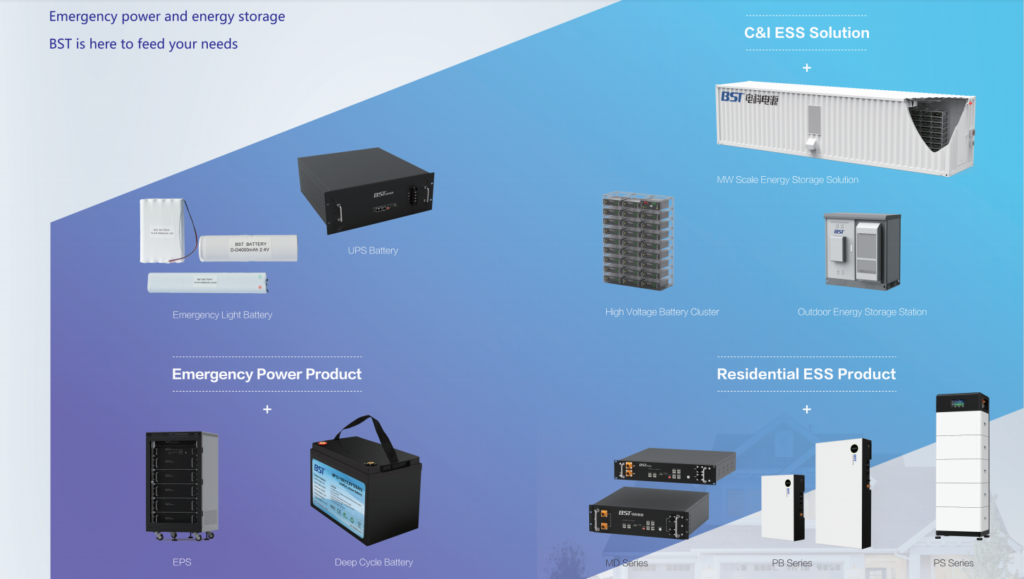
When selecting a battery, consider factors such as type, capacity, voltage, and installation environment. By aligning your choice with your energy needs, budget, and location, you can maximize energy savings and support a more sustainable energy future.

